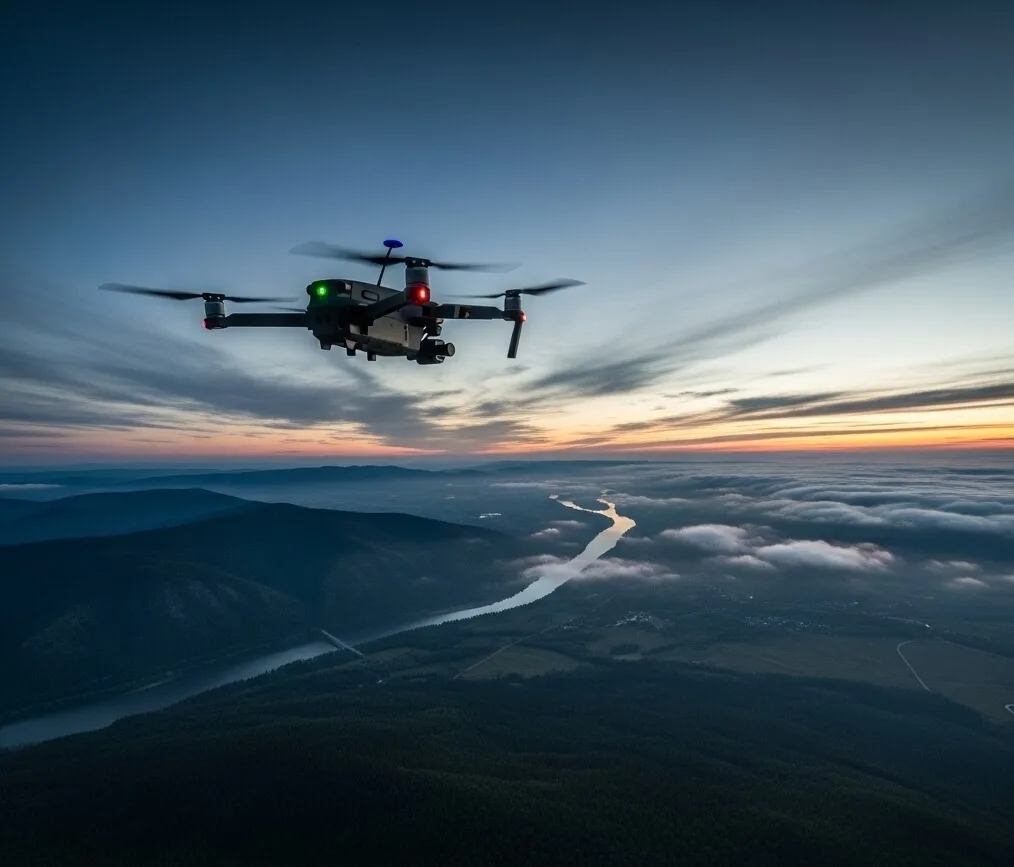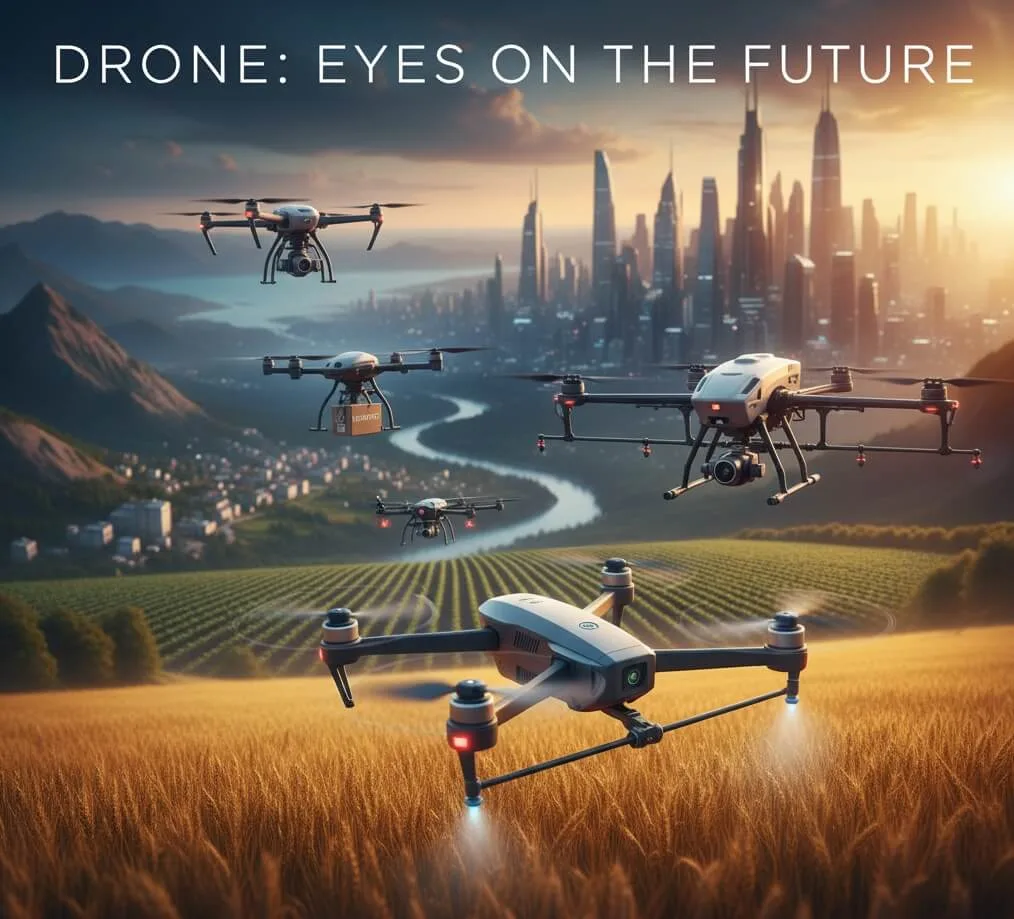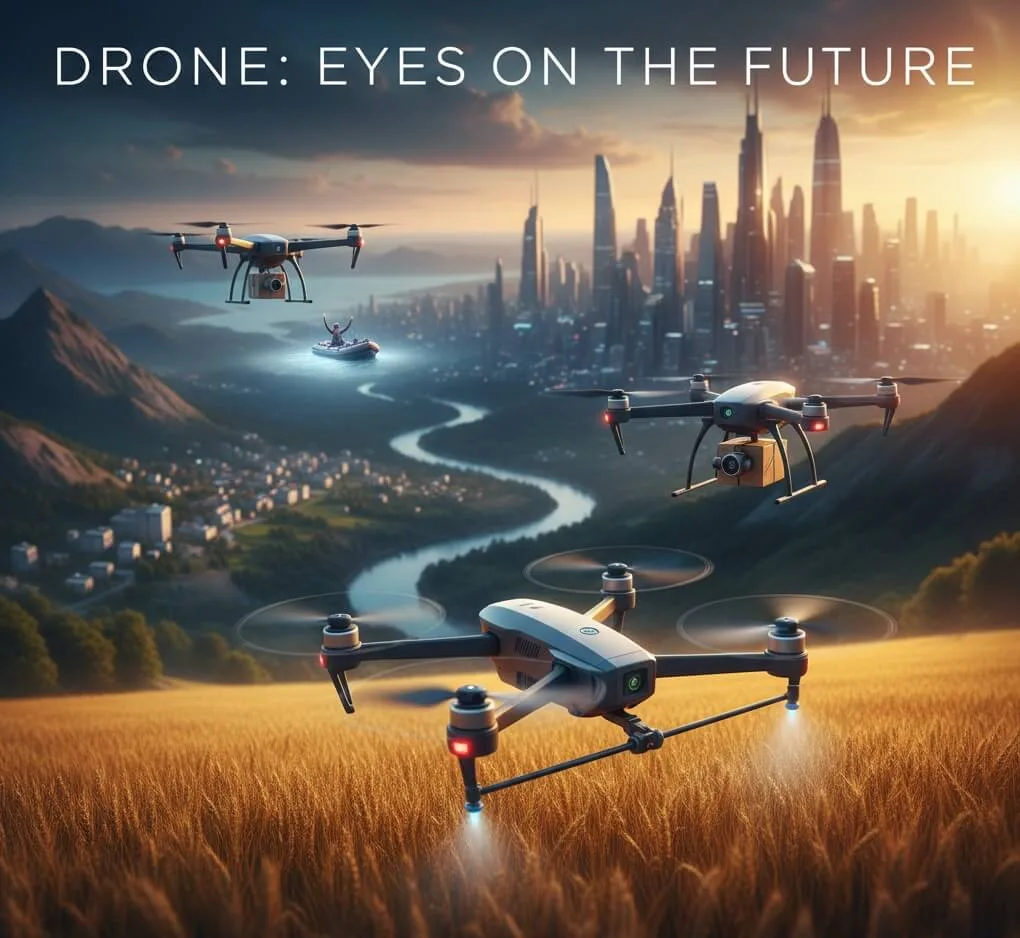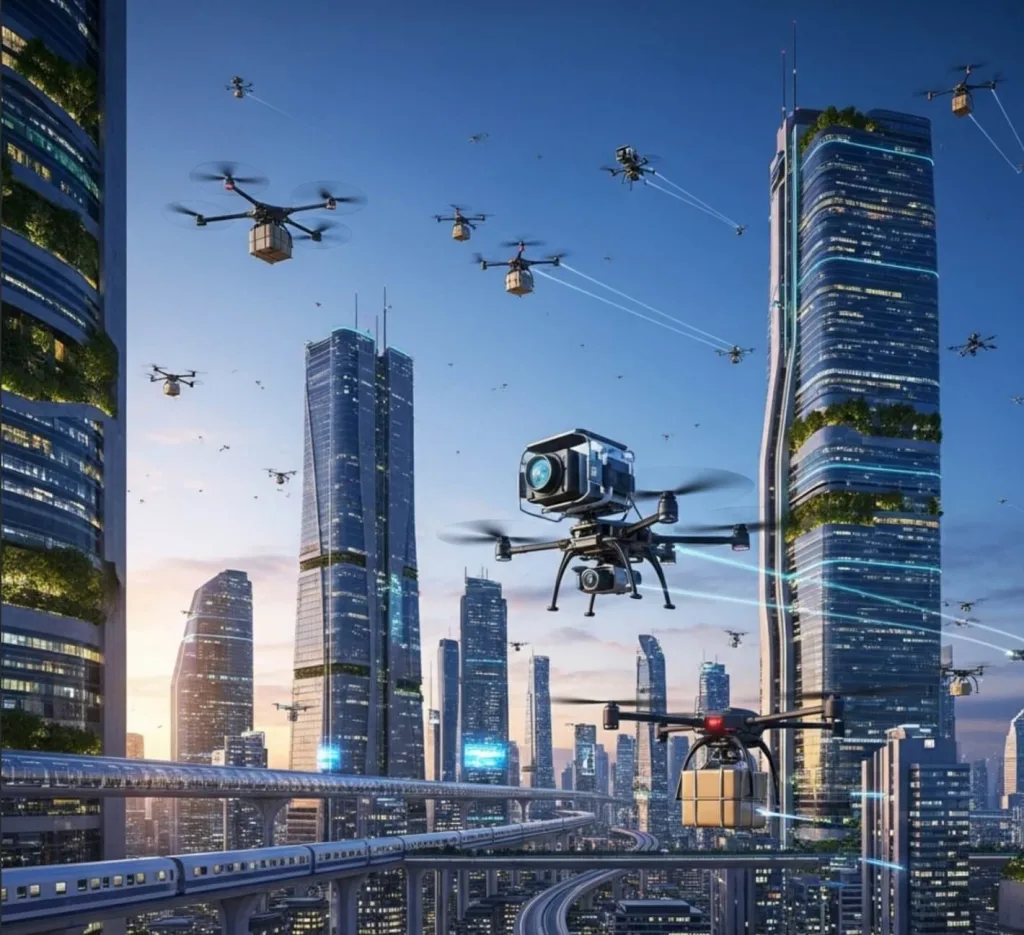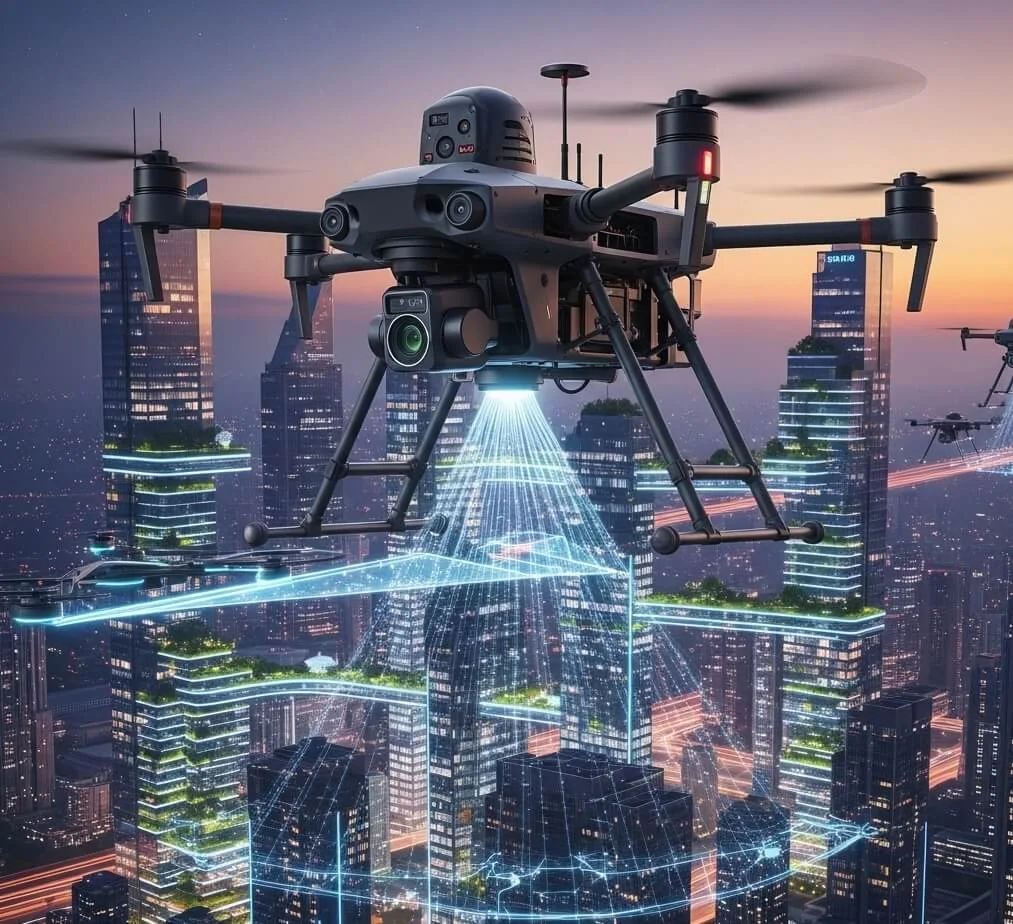The skies above us are no longer just for birds and planes. They are now home to a new, fascinating technology: drones. These unpiloted aircraft are more than just toys; they are transforming industries, making our lives easier, and offering a new perspective on the world. Let's take a closer look at what makes these flying machines so special.
What Is a Drone?
At its core, a drone is an aircraft that operates without a human pilot on board. Instead, it is controlled remotely by an operator on the ground, or it can follow a pre-programmed flight plan. They come in all shapes and sizes, from small, hand-held models to large, sophisticated machines used for complex tasks.
The most common types you'll see are multi-rotor drones. These look a lot like a helicopter but with multiple propellers, usually four (quadcopter) or six (hexacopter). Their design allows for stable hovering and precise control, making them perfect for photography, inspections, and even delivery services.
How Do Drones Work?
A drone's operation is a symphony of technology. It relies on a combination of different systems to fly and perform its tasks:
Propulsion: The propellers, powered by electric motors, create the lift needed to get the drone off the ground. By adjusting the speed of each motor, the drone can move in any direction—up, down, forward, backward, or sideways.
Navigation: A drone uses a combination of sensors to know where it is and how to get where it needs to go. This includes GPS (Global Positioning System) for outdoor navigation, and in some cases, visual sensors and ultrasonic sensors to avoid obstacles and fly indoors.
Control: An operator uses a remote controller to send commands to the drone. This communication is typically done wirelessly via radio waves. Many drones also have built-in stability systems that help them stay level even in windy conditions.
Payload: This is what the drone carries to perform its task. A camera for photography, a thermal sensor for inspections, or a package for delivery are all examples of a payload.
Drones in Action: Beyond the Hobby
While many people enjoy flying drones for fun, their true potential lies in their ability to perform practical, often dangerous, or difficult jobs.
Photography and Filmmaking: Drones have revolutionized the way we capture images. They provide stunning aerial shots that were once only possible with expensive helicopters.
Inspections: They are used to inspect power lines, wind turbines, and bridges, allowing workers to stay safely on the ground.
Agriculture: Farmers use drones to monitor crop health, check for pests, and even spray fertilizers more efficiently.
Search and Rescue: In disaster situations, drones can quickly scan large areas for missing persons, providing vital information to rescue teams.
Delivery: Companies are experimenting with using drones to deliver everything from medical supplies to everyday goods, especially in hard-to-reach areas.
The Future is Flying
As technology continues to advance, so too will the capabilities of drones. They will become smarter, more efficient, and even more integrated into our daily lives. From monitoring wildlife to helping build new infrastructure, these flying machines are set to reshape our world in ways we've only just begun to imagine.

